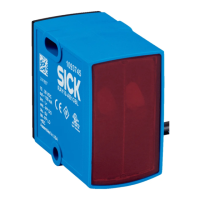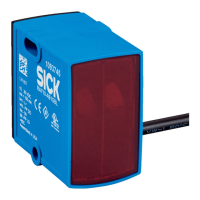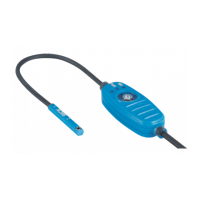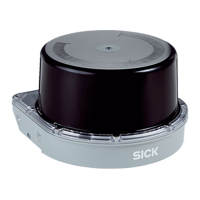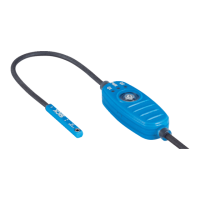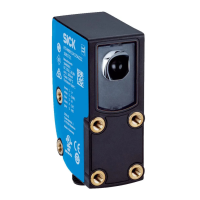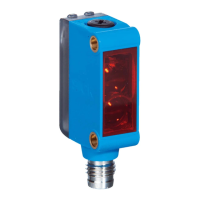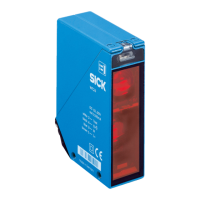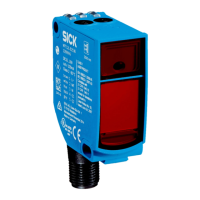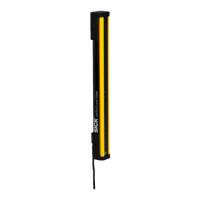Why is the yellow LED flashing on my SICK Accessories?
- NNicole SheltonAug 5, 2025
The yellow LED might be flashing because the distance between the sensor and reflector is too large, the light beam isn't fully aligned, or the reflector isn't suitable. To fix this, fully align the light beam with the reflector, clean the optical surfaces of the sensor and reflector, ensure you're using a suitable SICK reflector, and check/adjust the sensing range if needed.
